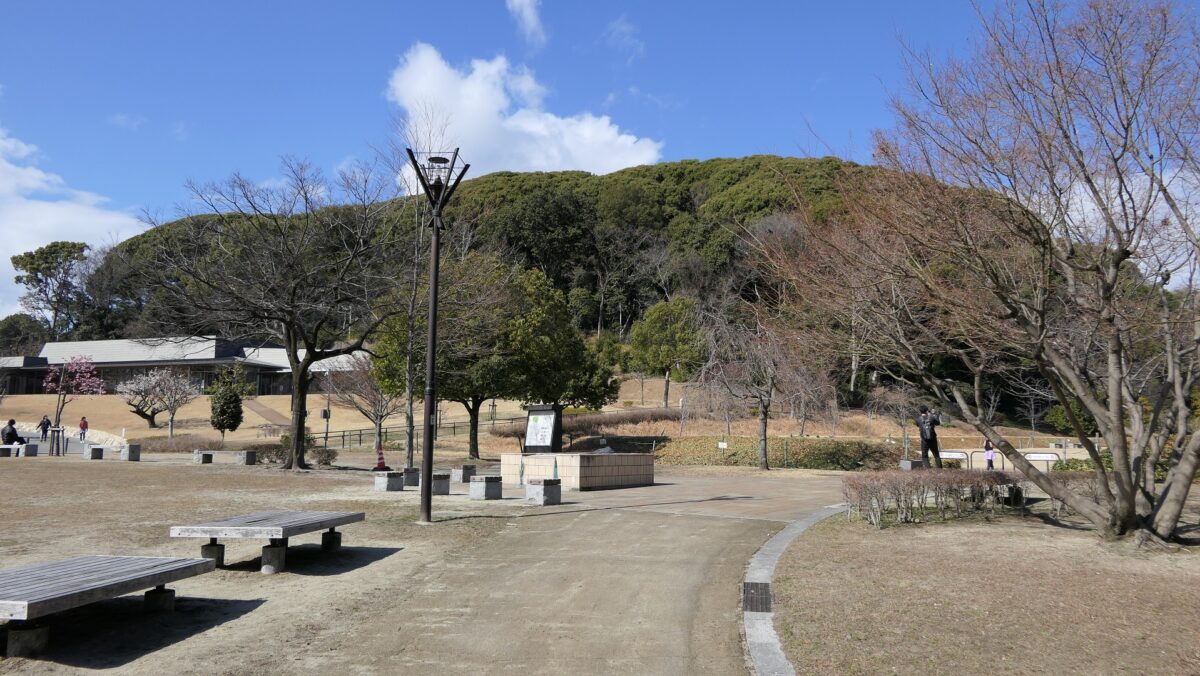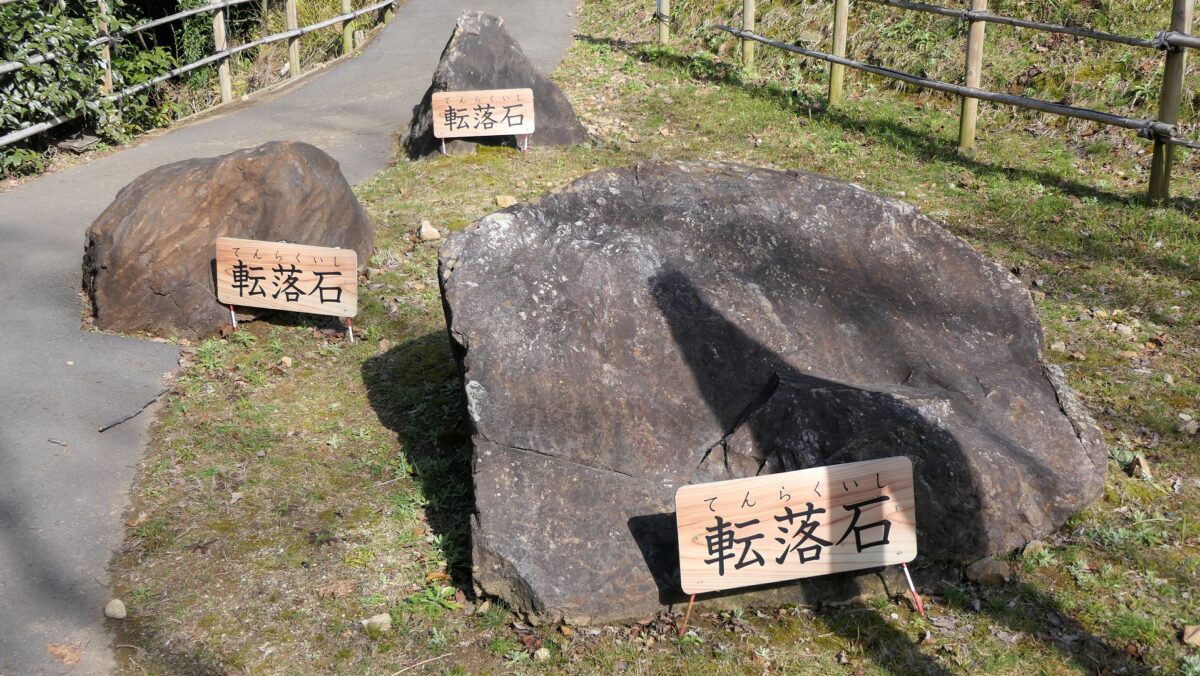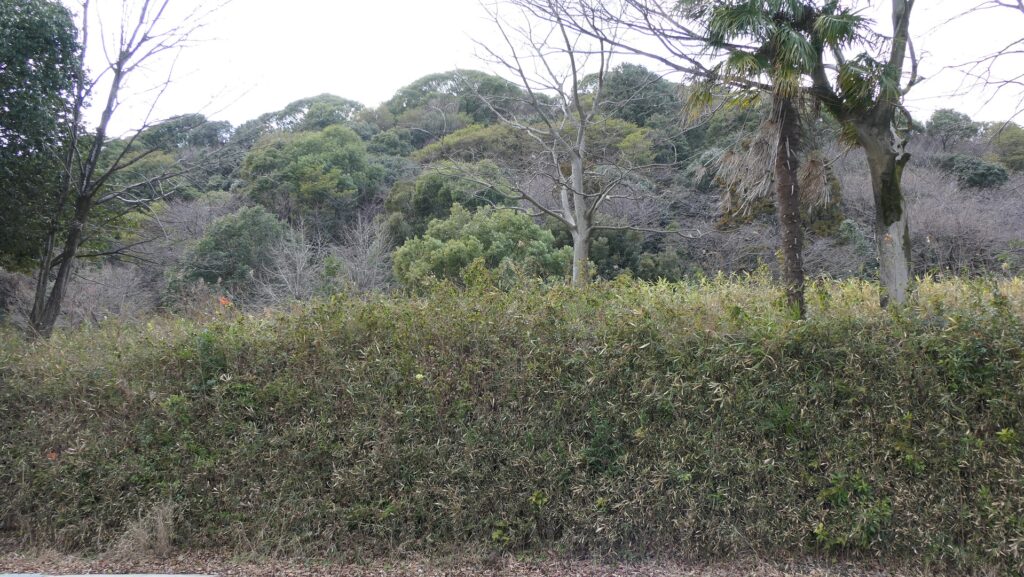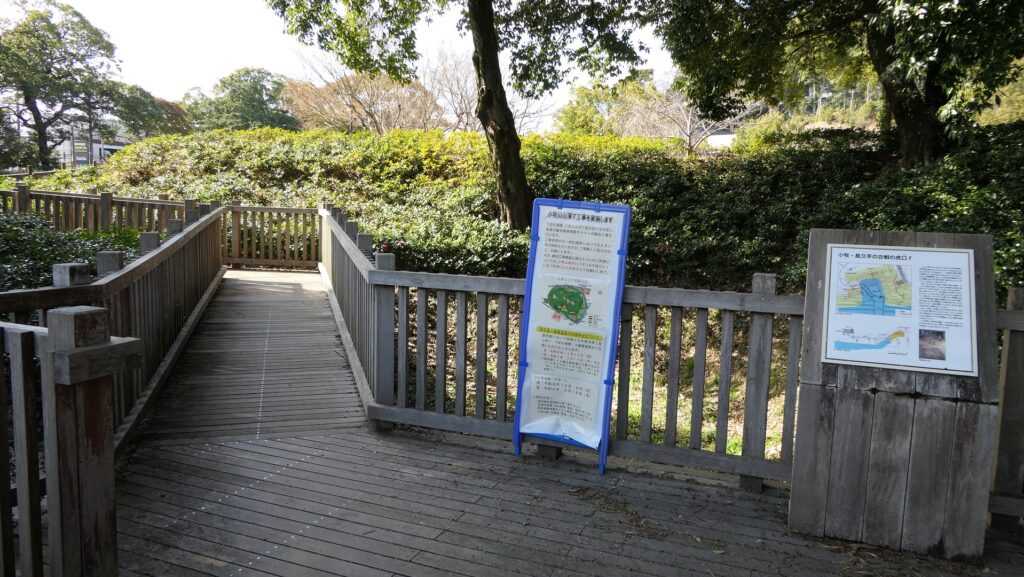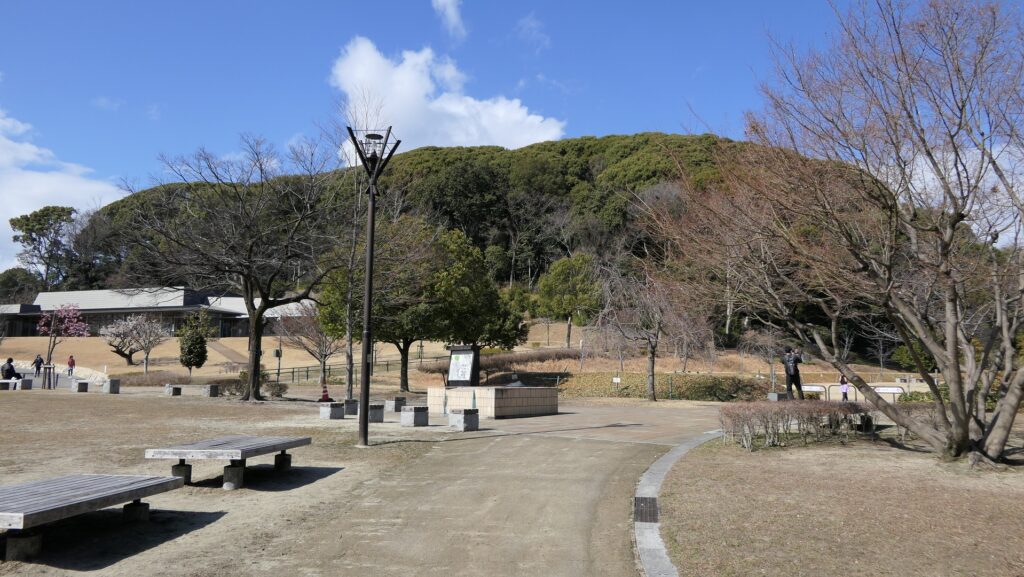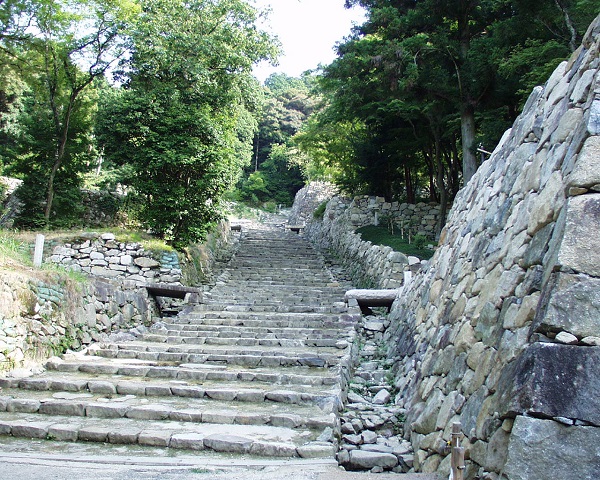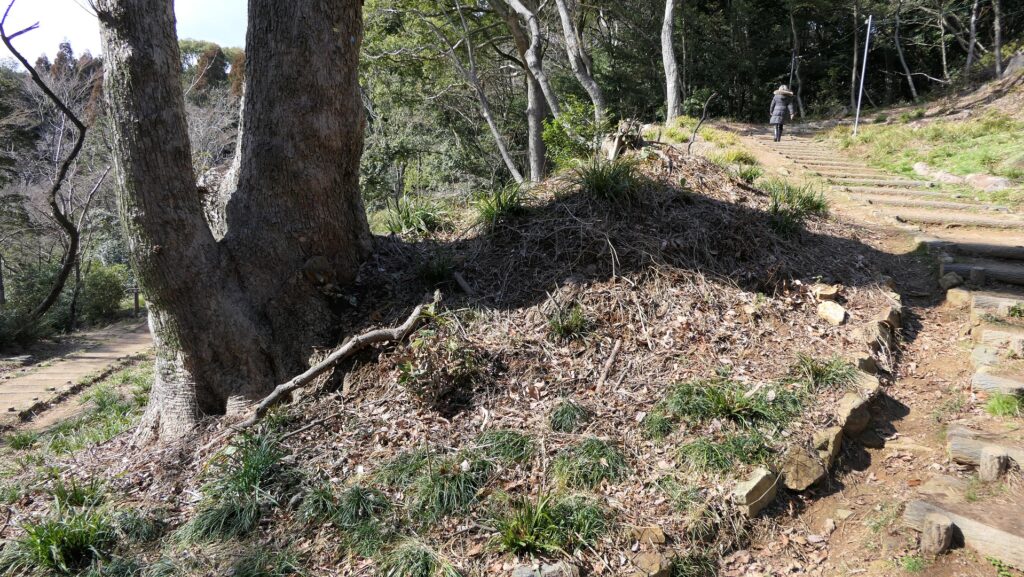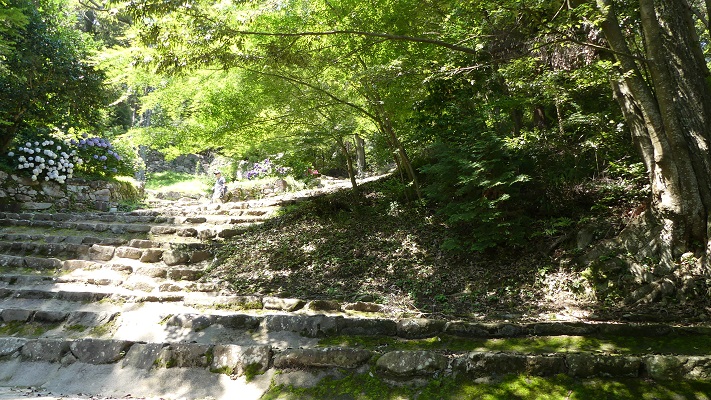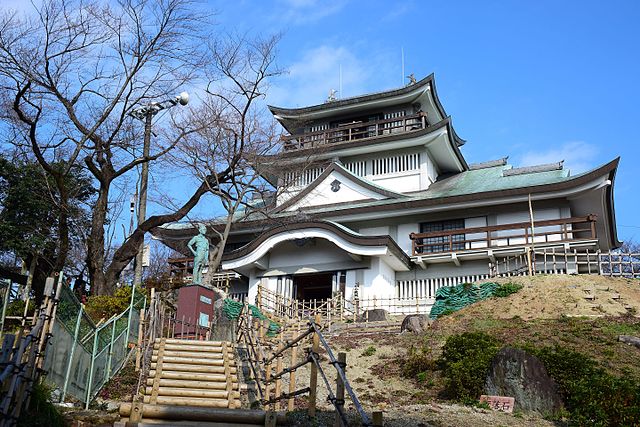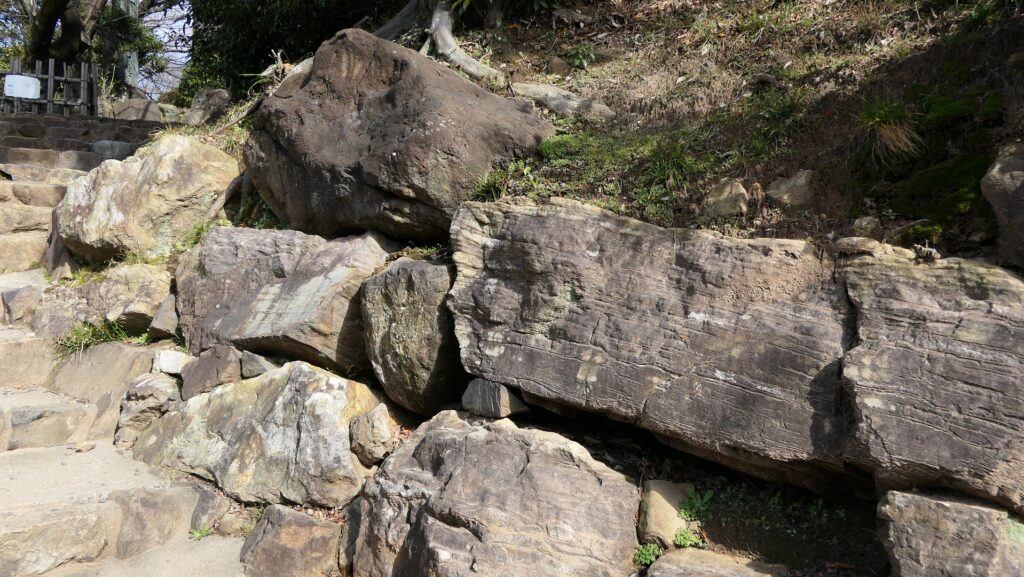Later History
After the battle in 1584, Komakiyama Castle was abandoned again. In the beginning of the Edo Period, parts of the huge stones were taken away for the construction of Nagoya Castle. You can see one stone which was divided but was not used in the construction. During the Edo Period, the Tokugawa Clan banned people from entering Mt. Komakiyama, because the place was the site of the ruins of their founder Ieyasu’s victory and fortune. For many years during the Modern Times, the mountain was privately owned by the Tokugawa Clan. It is said that it made the foundation of the castle very durable. The ruins were designated as a National Historic Site in 1927 after the Tokugawa Clan donated the mountain to the nation.

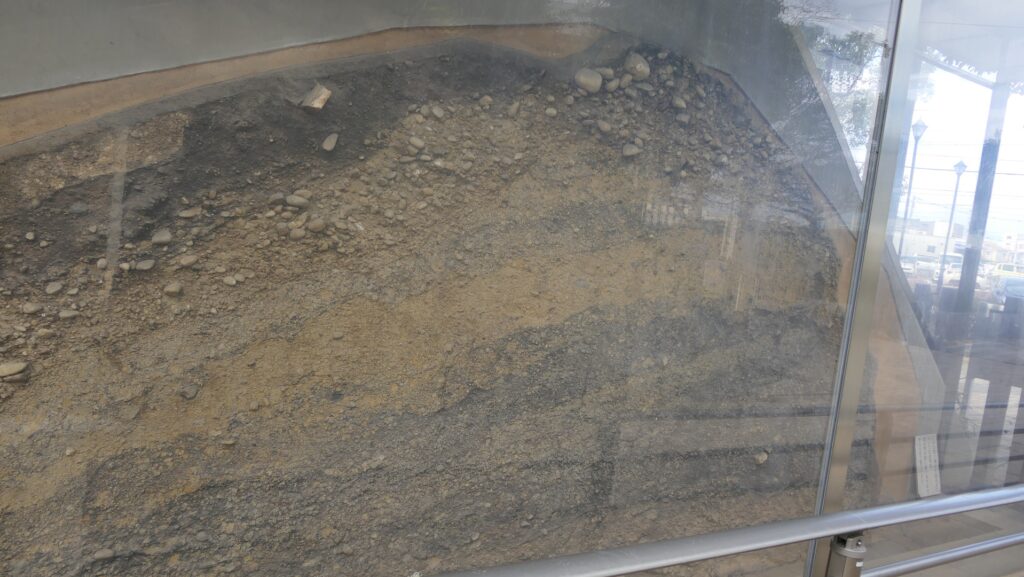
My Impression
It was believed previously, that Komakiyama Castle was just a temporary position for Nobunaga to plan his next step. However, the achievement of the recent excavation made people change their ideas about the castle. I was actually surprised to see the remains of the huge stones and learned they came from Nobunaga’s ideas about castle building. I am looking forward to seeing new discoveries and studies in the future.

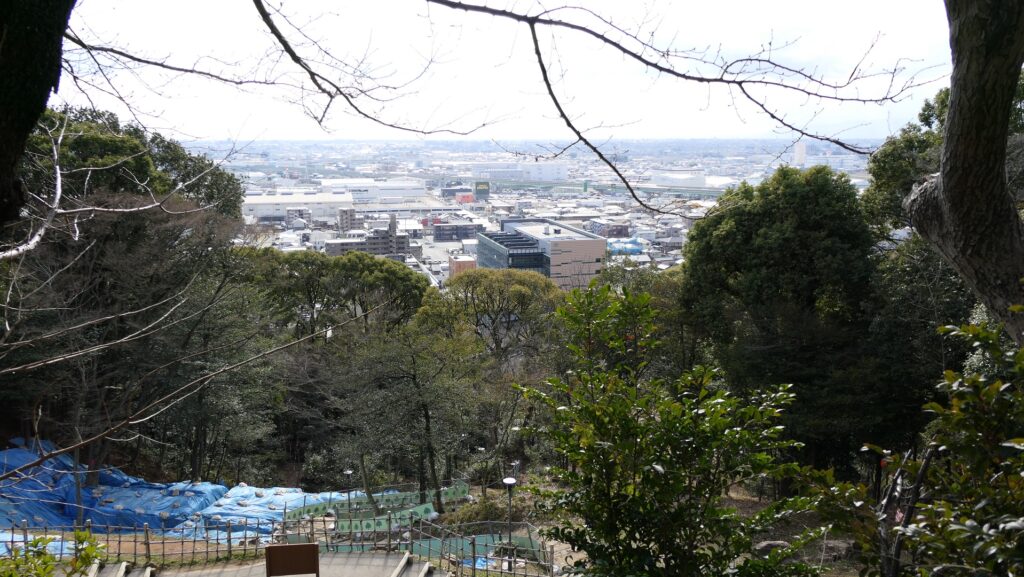
How to get There
If you want to visit there by car:
It is about 10 minutes away from Komaki IC on Tomei Expressway.
There are several parking lots around the mountain including the Komaki City Hall.
By train, it takes about 30 minutes on foot from Komaki Station on Meitetsu Komaki Line.
To get to Komaki Station from Tokyo or Osaka: Take the Tokaido Shinkansen Super Express, get off at Nagoya Station, transfer to the Higashiyama Subway Line, transfer at Sakae Station to the Meijo Subway Line, and transfer at Heandori Station to Meitetsu Komaki Line.
Links and References
・Komakiyama, Komaki Civic Cultural Foundation
That’s all.
Back to “Komakiyama Castle Part1”
Back to “Komakiyama Castle Part2”

